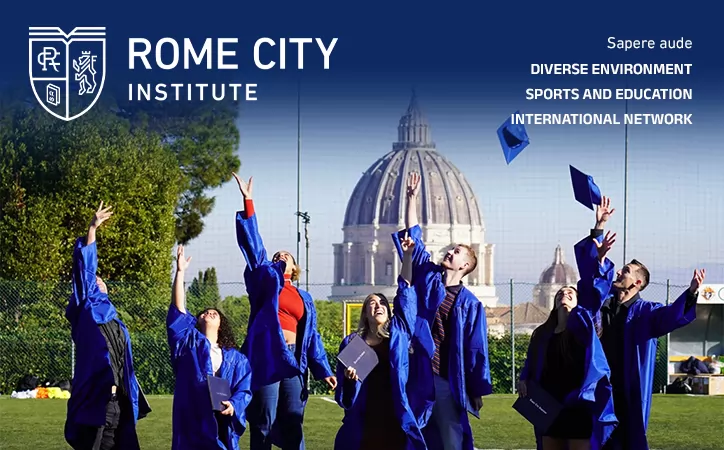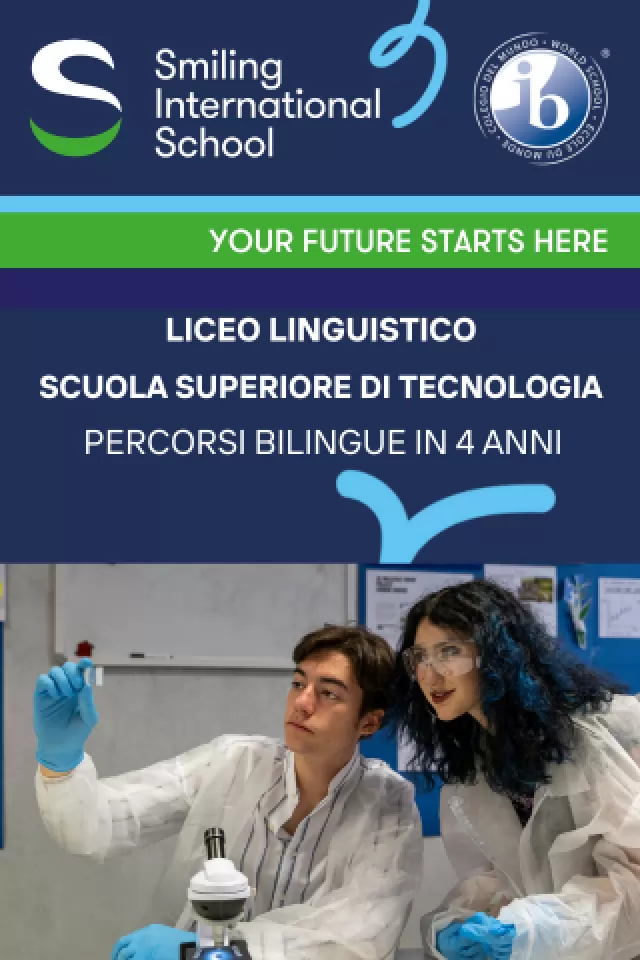Rome local elections: the city votes for a new mayor
If you thought that election fever was over, think again. Italy will be back at the polling booths once more on 28 and 29 May to elect 1,267 new town and city councils, eight provincial governments and the regional government of Sicily. Although local politics are at play, the upcoming elections will be seen as a vote of confidence (or not) in what is going on at national level and essentially they form a microcosm of the current political situation.
Rome will be voting for councillors for all 19 of the citys administrative districts, or municipi, which each have a separate president and council. However, all eyes will be on the high-profile mayoral elections. The mayor, or sindaco, is in charge of the citys parks, nursery schools, transport, rubbish collection, housing development and traffic, although most of the education and the health system are outside his remit. While the mayor and the city government make the laws, it is the responsibility of each municipio to enforce them in its territory. For example, each municipio deals with traffic, illegal construction in the area, shop licences and also has its own polizia municipale.
The mayor heads up the multi-party city government, or consiglio comunale (sometimes referred to as the Campidoglio, where it has its seat), and also chooses 20 assessori who form the giunta. This functions much like a miniature cabinet, with each assessore holding a different brief such as transport or culture.
The candidates
There are two main candidates for mayor in Rome: centre-left Walter Veltroni, who has the current mandate, and centre-right Casa delle Liberts pick for the job Gianni Alemanno. Both candidates are supported by a number of party lists each containing 40-60 names. Veltroni for example has 12 lists, while Alemanno has 14. There are also 10 other candidates running for mayor, with one list each.
1. Walter Veltroni
Il sindaco di tutti, www.veltroniroma.it.
Rome-born current mayor and journalist by profession, Walter Veltroni of Democratici di Sinistra (DS) received 53 per cent of the vote in the 2001 mayoral elections against Antonio Tajani of the centre-right party Forza Italia.
Before becoming mayor, Veltroni was deputy prime minister and culture minister in Romano Prodis government in 1996-98. He was also the editor-in-chief of the national daily and DS party mouthpiece LUnit between 1992 and 1996. Veltroni has been active in left-wing politics since his youth, beginning his political career as a member of the Federazione Giovanile Comunista Italiana (FCGI). He went on to become the national secretary of the Partito Comunista Italiano (1988), political secretary for the DS (1998) and member of the European Parliament (1999).
A jazz and cinema enthusiast, Veltroni voiced Rino Tacchino (Rino the turkey), the mayor of the chicken community, in the animated film Chicken Little.
2. Giovanni (Gianni) Alemanno
Amore per Roma, www.alemannosindaco.it.
Gianni Alemanno moved from his native Bari to Rome at the age of 12. He first entered the chamber of deputies in 1994 with the ex-fascist Movimento Sociale Italiano (MSI), which became Alleanza Nazionale in 1995, and was re-elected in 1996 and 2001, when he became the minister of agriculture and forestry in the Silvio Berlusconi government, although he has remained a rather low-key figure.
In the past, he has worked as an entrepreneur and freelance journalist, co-founding the monthly political magazine Area. In 1989 he replaced Gianfranco Fini as the national secretary of the Fronte della Giovent (the youth movement of MSI) and in 1990 he was elected to the regional government of Lazio.
On his website Alemanno expresses a desire to bring Rome closer to the values and traditions of the Catholic Church. He caused controversy at the recent inauguration of the new Ara Pacis museum, which he described as an act of intellectual arrogance towards citizens, promising to pull down the building and reconstruct it in the suburbs if he becomes mayor. A passionate mountain climber, Alemanno is married to Isabella Rauti, daughter of Pino Rauti, the controversial leader of the fascist Fiamma Tricolore party.
3. The outside contenders
The mayoral elections are likely to be a two-horse race, but the ten other candidates are as follows:
Rita Casillo (Con Iniziativa Comunista per la Libert)
Stefano Fuccelli (Partito Animalista Europeo)
Maurizio Giorgetti (Sogno Italiano)
David Gramiccioli (Movimento Popolare del Delfino)
Marina Iarena (Partito Umanista)
Umberto Nardinocchi (Democrazia Attiva)
Luca Romagnoli (Fiamma Tricolore)
Roberto De Santis (Ecologisti)
Alessandra Sarti Maggi (Forza Nuova Fronte Nazionale)
Valentina Valenti (Terzo Polo)
What has Veltroni done for Rome?
As an arts enthusiast, Veltroni has done much to promote Romes cultural life in the last five years. He is responsible for bringing to the capital the Notte Bianca (when the city hosts arts and sporting events throughout the night on a Saturday in September), the Casa del Cinema, the Casa del Jazz (see article page 21), free concerts by big stars such as Simon and Garfunkel in Via dei Fori Imperiali and, as from this summer, Romes first international film festival. In terms of transport, Veltroni can be credited with adding 200 new methane buses to the city fleet as well as working on the extension of the metro B line and the new C line. He has overseen a programme of new building (such as the new Fiera di Roma and the redevelopment of the Ostiense area) and encouraged the rejuvenation of the suburbs. His backing of the election of immigrants to sit on the city council as non-voting councillors has done much to improve multicultural relations.
Veltroni has also worked on promoting Romes image abroad, implementing an initiative to encourage Chinese tourism to the capital as well as taking local school children on trips to Mozambique. He has been active in championing Rome as a city of peace by creating a global network of city mayors through the Glocal Forum.
What hasnt Veltroni done for Rome?
Some of the work attributed to Veltroni has been a continuation of the work begun by his predecessor Francesco Rutelli, such as the newly opened new Ara Pacis museum. His critics have argued that he is more interested in show than substance, and that while he has poured money into smartening up the city centre with new pedestrian areas across the historic centre, from Piazza del Popolo to Chiesa Nuova on Corso Vittorio Emanuele II, and relaying cobblestones, he has neglected roads in the rest of the city. He has also failed to tackle the car parking problem throughout the city, and especially in the historic centre, and he is criticised for the slow progress on the extension to the metro system.
There is still a chronic shortage of housing for lower-income groups in the city, and childcare facilities for families with young children are few and far between.
Who can vote and how?
In contrast to the national elections, non-Italians can vote in local elections if they are a European Union (EU) citizen and have residency in Rome. EU citizens without Rome residency can only vote if working for a diplomatic corps or United Nations agency such as the Food and Agriculture Organisation (FAO). To receive an electoral certificate card through the post, registration should have been completed by mid-April. However, it is not too late to have your say, as eligible non-Italian voters can ring the city electoral office to register and then vote directly at the offices in Via dei Cerchi 6. This latter kind of vote is known as voto con la legge 40. For more information tel. 0667102957, Mon-Thurs 08.30-16.30, Fri 08.30-13.30.
The electoral system for both the municipi and the mayor will be the same as that of the national elections, with full proportional representation. The only difference is that voters will be able to indicate a preference. If no mayoral candidate wins more than 50 per cent of the first ballot there will be run-off elections on 11-12 June.


















